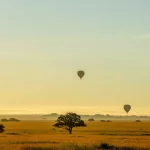
Embarking on the extraordinary feat of Mount Kilimanjaro climbing is an experience like no other. Located in Tanzania, Africa, this towering peak stands at an impressive 5,895 meters (19,341 feet) and beckons adventure enthusiasts from around the world.
Whether you are an avid hiker or a nature lover seeking breathtaking vistas, this majestic mountain promises to test your limits while rewarding you with unparalleled views and a profound sense of achievement.
Climbing Mount Kilimanjaro is a personal quest that requires preparation, determination, and a touch of wanderlust. Here, we delve into the essential aspects of this remarkable adventure and provide you with valuable insights to help you plan your expedition.
Picking the ideal route for your Mount Kilimanjaro climb is crucial to ensure a successful and enjoyable journey. With several routes to choose from, each offering unique challenges and scenery, it’s essential to find one that matches your skill level and preferences. The most popular routes include:
Conquering Mount Kilimanjaro requires physical fitness and mental resilience. Regular exercise, including cardiovascular workouts, strength training, and hiking, can significantly enhance your stamina and endurance. Focus on building leg strength, core stability, and aerobic capacity to tackle the demanding terrain and prolonged trekking days.
One of the most critical factors in Mount Kilimanjaro climbing is acclimatisation. As you ascend to higher altitudes, your body needs time to adjust to the reduced oxygen levels. Proper acclimatisation helps minimize the risk of altitude sickness and improves your chances of reaching the summit. Choose a route that allows for gradual altitude gain and incorporates acclimatisation days into the itinerary.
Packing the right gear is essential to ensure comfort, safety, and success during your Mount Kilimanjaro climb. Here’s a checklist of the essential items to include in your backpack:
While Mount Kilimanjaro climbing can be a thrilling adventure, it’s crucial to prfioritize safety. Hiring a qualified guide is highly recommended, as they possess valuable expertise, knowledge of the routes, and can offer assistance during challenging situations. A professional guide will ensure you have the best chance of reaching the summit while prioritizing your well-being.
What is altitude sickness, and how can I prevent it?
Altitude sickness, also known as acute mountain sickness (AMS), is a condition that occurs when ascending to high altitudes too quickly. To prevent AMS, it’s essential to acclimatize properly, stay hydrated, avoid alcohol and strenuous exercise, and listen to your body for any signs of discomfort.
How long does it take to climb Mount Kilimanjaro?
The duration of the climb depends on the chosen route. On average, it takes around 5-9 days to ascend and descend Mount Kilimanjaro.
Is climbing Mount Kilimanjaro dangerous?
While climbing any mountain involves inherent risks, Mount Kilimanjaro is considered a non-technical climb. With proper preparation, experienced guides, and adherence to safety protocols, the risk can be minimised.
What is the best time to climb Mount Kilimanjaro?
The best time to climb Mount Kilimanjaro is during the dry seasons: January to mid-March and June to October. These months offer clearer skies, less rainfall, and more favorable climbing conditions.
Do I need previous climbing experience to climb Mount Kilimanjaro?
Previous climbing experience is not required to climb Mount Kilimanjaro. However, being physically fit, mentally prepared, and having a sense of adventure will greatly contribute to your overall experience.
Can I climb Mount Kilimanjaro solo?
While it’s possible to climb Mount Kilimanjaro solo, it’s highly recommended to join a guided group or hire a qualified guide for safety and logistical reasons.
Embarking on the journey of Mount Kilimanjaro climbing is an exhilarating endeavour that promises breathtaking landscapes, personal growth, and unforgettable memories. With proper preparation, choosing the right route, acclimatisation, and a qualified guide, you can conquer this majestic peak and stand on top of Africa.
So lace up your boots, follow your adventurous spirit, and embark on an extraordinary expedition to Mount Kilimanjaro!
Best Tanzania Safari Packages To Witness The Abundant Wildlife That Call It Home.
For More Exciting & Better Value Safari.



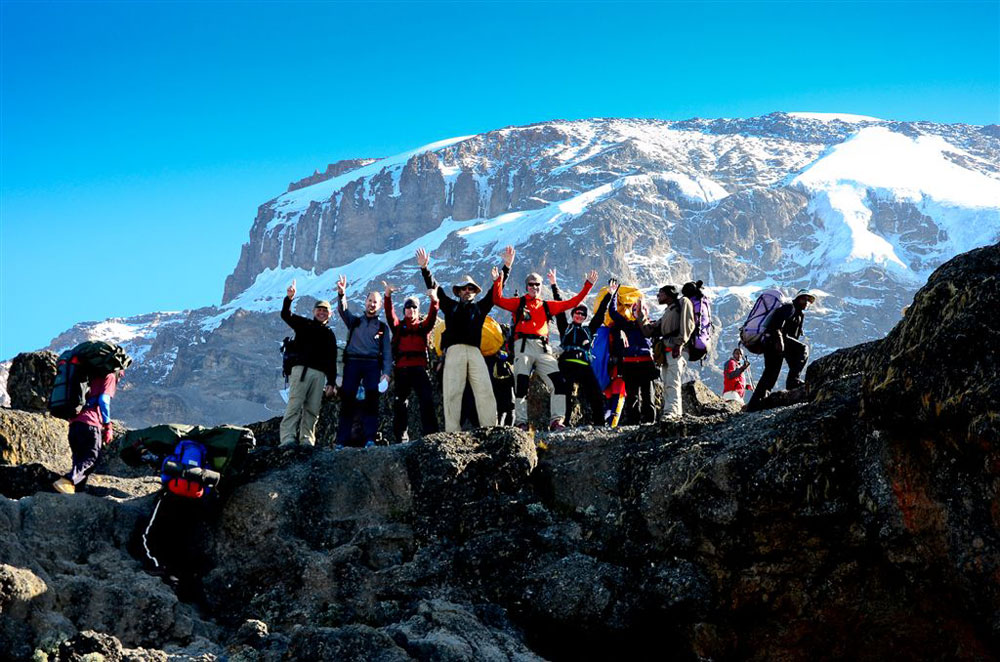
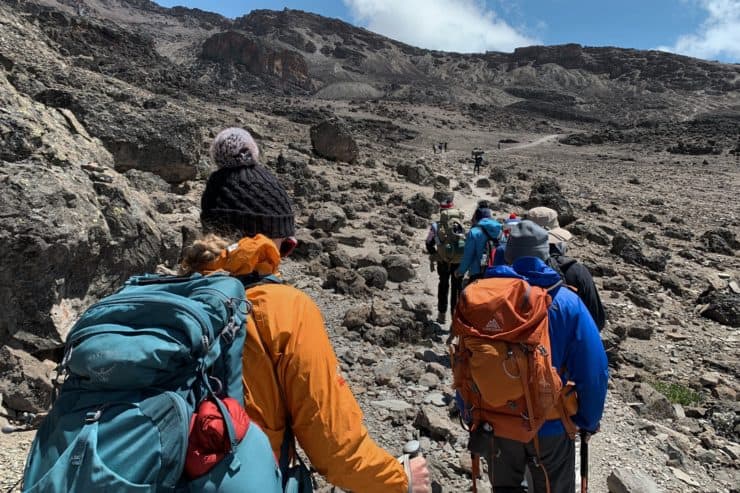
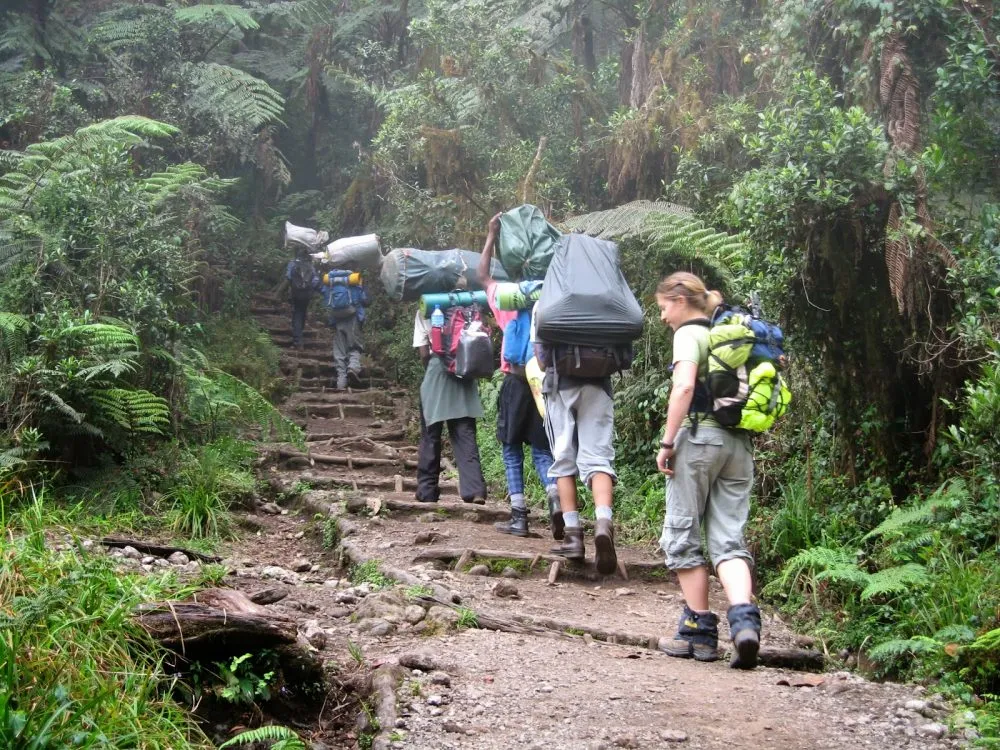
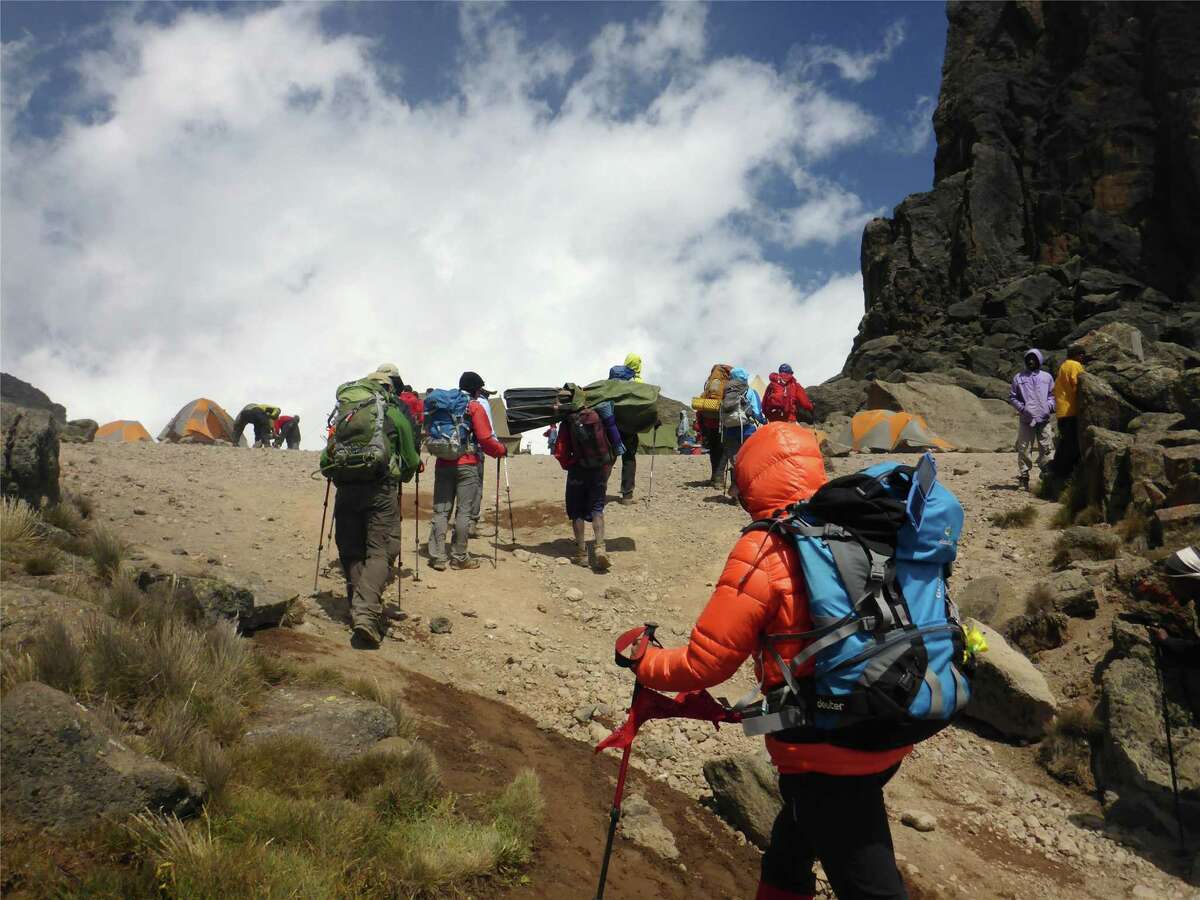
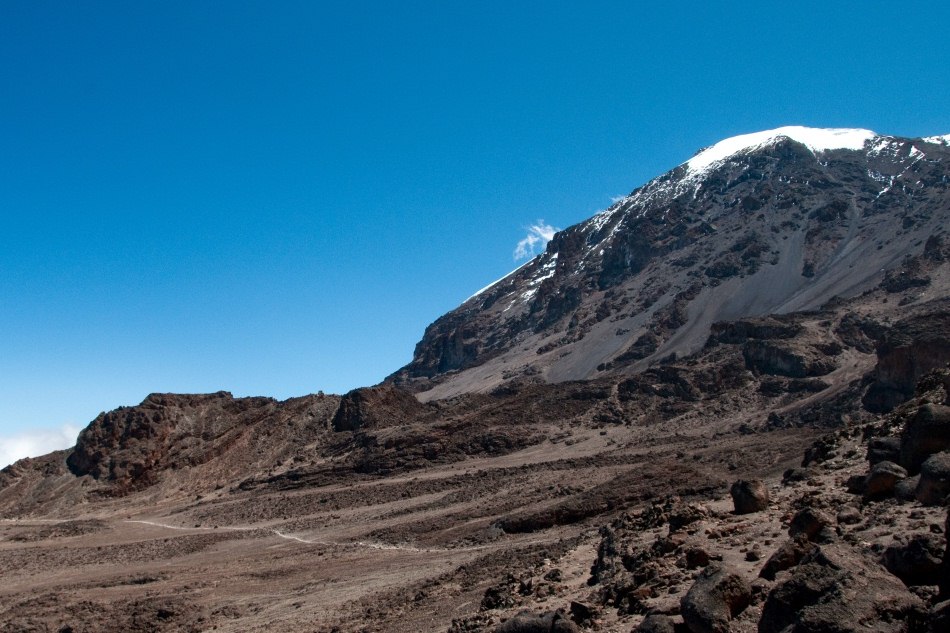


© 2023 Forever Nature Safaris | All Rights Reserved.